A recent analysis of a decade’s worth of Hubble Space Telescope data reveals that Uranus completes a rotation in 17 hours, 14 minutes, and 52 seconds, approximately 28 seconds longer than the previous estimate from Voyager 2 in 1986. This updated figure corrects significant errors in Uranus’ magnetic orientation and enhances the accuracy of its coordinate system, which is crucial for planning future missions. The findings were published in Nature Astronomy and highlight the importance of Hubble’s continuous observations in understanding celestial dynamics.










